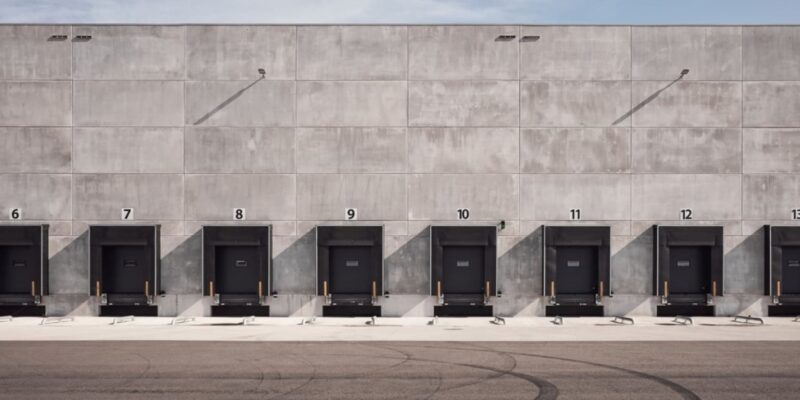LTL Trends and Challenges: Density-Based Pricing

By: Greg Umstead, Vice President, Fleet & LTL Services Transportation Management, Uber Freight
Within the last few years, less-than-truckload (LTL) rates and capacity have fluctuated. Many carriers have shifted from the traditional National Motor Freight Classification (NMFC) rate-setting formula to density-based pricing, which prices freight according to the amount of space the shipment uses in the truck. This new pricing model, along with other recent industry trends, has had a significant impact on shippers – making it important to understand the new pricing methods for LTL shipments, what’s currently happening in the LTL industry, and some of its key market challenges.
Current LTL Pricing Methods
According to The National Freight Traffic Association, the NMFC is a “standard that provides a comparison of commodities moving in interstate, intrastate and foreign commerce, similar in concept to the groupings or grading systems that serve many other industries.” Using this model, commodities are grouped into 18 freight classes—from a low of class 50 to a high of class 500—based on an evaluation of these characteristics:
- Density
- Handling
- Stowability
- Liability
More recently, the LTL industry has incorporated density-based pricing, which considers the actual weight of a particular item, classifies it and determines how much volume it will take up in a trailer. The first step many carriers have taken is introducing “Dimensioners” into their network to efficiently capture the density of each shipment as it travels through their network. This helps the carrier better understand the actual cost incurred for each shipment in order to more accurately price each account. This method is comparable to how large parcel shipping companies such as UPS and FedEx determine their costs to ship products.
Challenges within the LTL Market
So, what does this mean for shippers? With more and more carriers adopting density-based pricing, new challenges have appeared for shippers who have lightweight shipments or bulky items that take up a lot of trailer space. And with the new pricing model, LTL carriers are requiring shippers to pay additional fees and are increasing the pressure to accurately measure shipments.
Some other challenges currently being faced by shippers in the LTL market include:
- The LTL industry is trending overall toward more frequent, smaller volume shipments. This is exacerbated by the “Amazon Effect”, as there is a greater number of smaller volume packages—instead of fewer bulkier packages—that are expected to be shipped within one or two days.
- Capacity has tightened significantly since May of 2017 across all equipment types. And with more frequent deliveries with more volume, many LTL carriers are having trouble covering all of these shipments.
- Recent natural disasters have made these LTL market challenges all the more difficult for shippers to overcome. Hurricanes Harvey and Irma as well as earthquakes in Mexico have caused additional delays in shipments and pulled further capacity out of the network.
One industry that is seeing the brunt of many of these LTL shipping challenges is the chemical space. During the winter months (November to May)—especially in the Midwest—many customers ship water-based products that freeze at 32 degrees. And as it currently stands, the LTL reefer market is very saturated, and with capacity already more limited, these chemical shipments have had trouble being filled.
LTL Shipping Solutions
One potential solution for LTL shipments is to co-load with other shippers, as consolidating in a multi-shipment environment can truly bring a number of benefits in this particular market. Uber Freight’s OptiPro program provides an optimization opportunity for shippers with under-utilized capacity through a multi-faceted collaboration network. Through this collaborative approach, multiple customers who are shipping products to the same region can build dynamic multi-stop truckloads. And a great shipper match results in:
- Transportation cost savings
- Reduced working capital
- Inventory improvement
- Greater order fill rates
- More frequent deliveries
- Increased flexibility to support customers
Collaboration has long been a focus in the transportation industry, but its realization has been a challenge because of the manual processes and lack of scalability. Uber Freight continues to strive toward creating an environment in which we are looking load by load across our whole customer network to see exactly where and how we can save our customers time, capacity time and money.
To learn more about Uber Freight’s OptiPro program with Managed Transportation, connect with an expert. To learn more about Uber Freight’s Shipper Platform LTL freight shipping services capabilities, connect with a LTL sale team at ltl-sales@uber.com or sign up today for an instant LTL quote.
Check out Uber Freight’s density calculator to calculate freight density, estimate NMFC freight class, and optimize LTL shipping costs.



